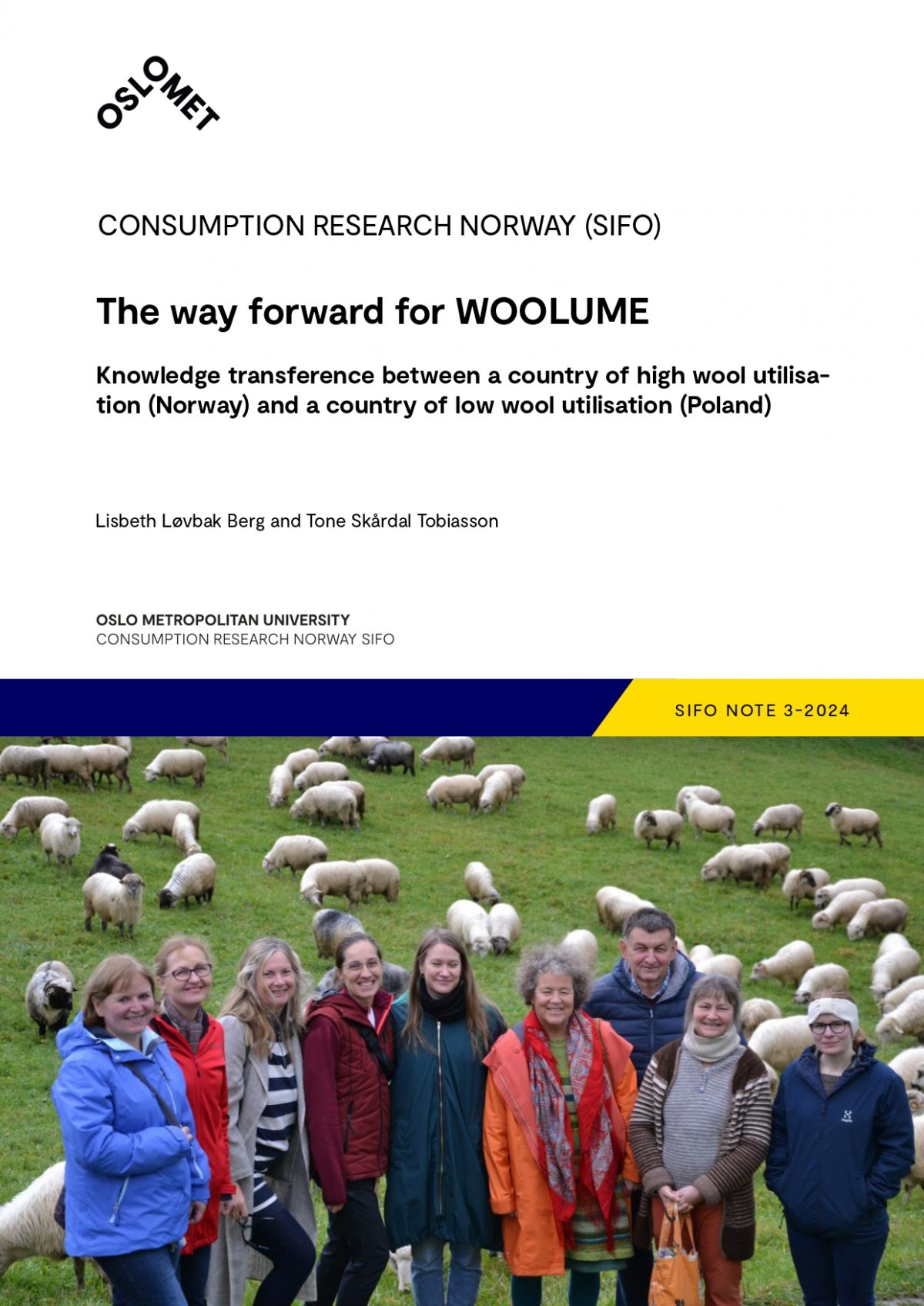Repairability of clothing and textiles: Consumer practices and policy implications
Authors: Anna Schytte Sigaard and Kirsi Laitala
Abstract
Extending product lifetimes through repair is a central strategy in sustainable consumption and circular economy initiatives. This article examines how consumers evaluate textile damages and potential to repair, drawing on wardrobe interviews with 28 Norwegian households. Over a six-month period, we tracked 3211 clothing and household textile items going out of use, of which only 107 (3.3 per cent) had been repaired or altered prior to disposal, almost exclusively as home repairs. Based on participant evaluations, we developed a three-level repair scale that reflects perceived repair complexity and feasibility. This scale, combined with item-level damage data, reveals both practical and conceptual challenges in promoting textile repair. Repairability in textiles is more complex than in other product groups, such as electronics, because many common damages fall outside the scope of conventional repair schemes. We argue for a practice-based understanding of repairability that accounts for the interaction between damage types, consumer competences, cultural meanings and systems of provision. Our policy recommendations highlight the need to go beyond product design and service provision to also support social learning, cultural normalization and the integration of repair into everyday life, recognizing its social and cultural significance as essential for effectively extending clothing lifespans.
Click here to read the article in full (intellectdiscover.com)
